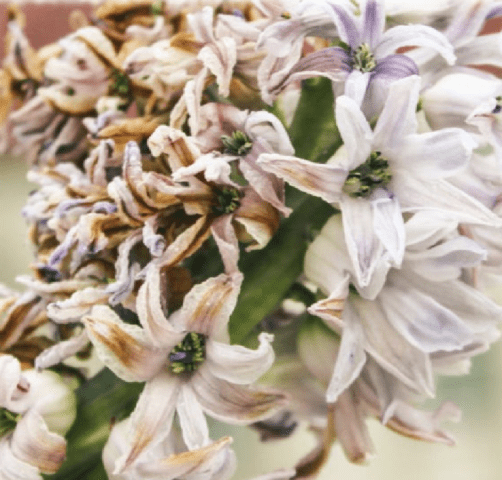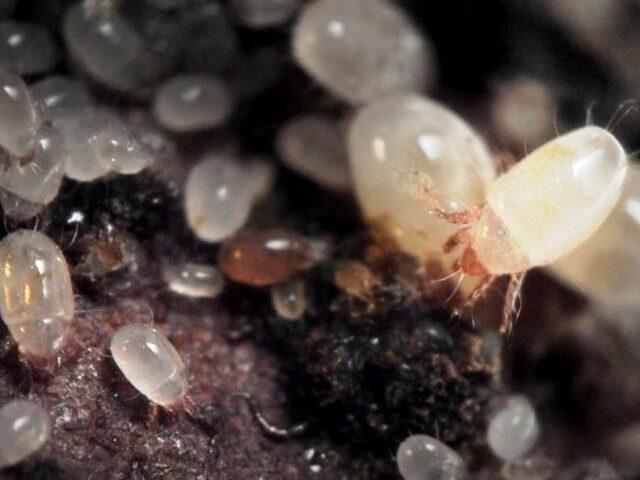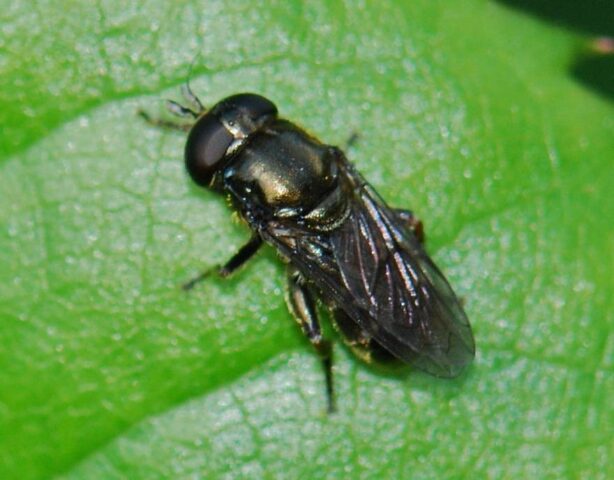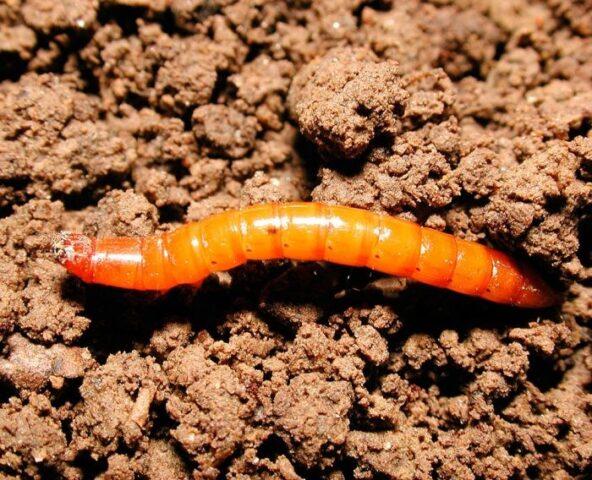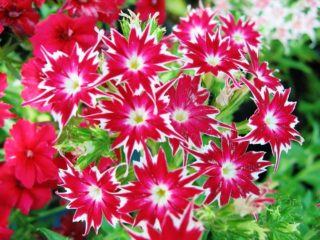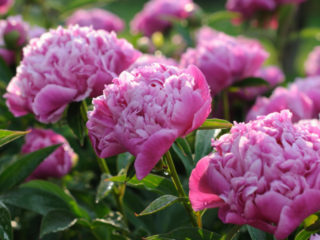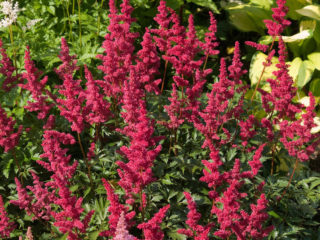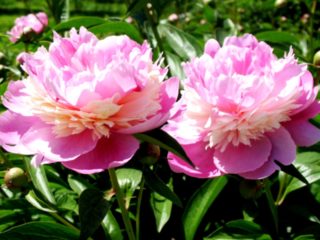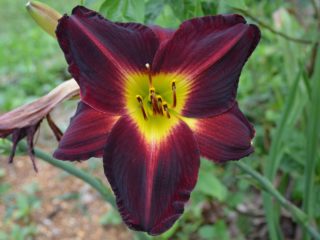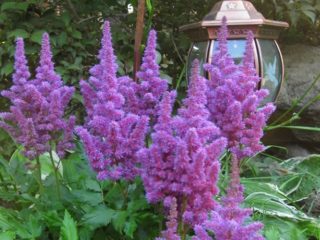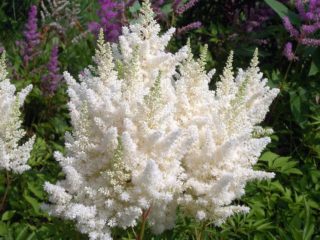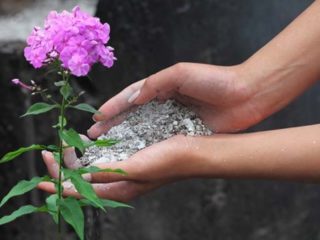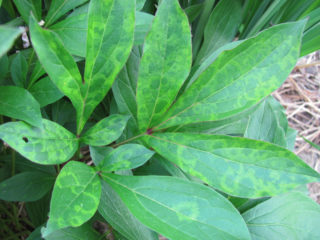Content
Hyacinths are spring flowers brought to Europe from Asia Minor. Since in their homeland their bulbs lie dormant in the ground for six months after flowering, in our climate they are dug up after flowering ends in order to plant them again in the fall. Hyacinths in the Moscow region are recommended to be planted before winter. Then in the spring the flowerbed will sparkle with different colors of the rainbow and give you a good mood. The culture is in demand among novice gardeners, as it is unpretentious in care.
Growing methods
There are two ways to grow hyacinths in the Moscow region:
- From seeds. This method of propagation has not taken root among amateur gardeners. It requires a lot of labor; the plant blooms only in 5-6 years. It is used by breeders to develop new varieties.
- From bulbs. A simple and affordable method of propagating the crop, as baby bulbs grow regularly.
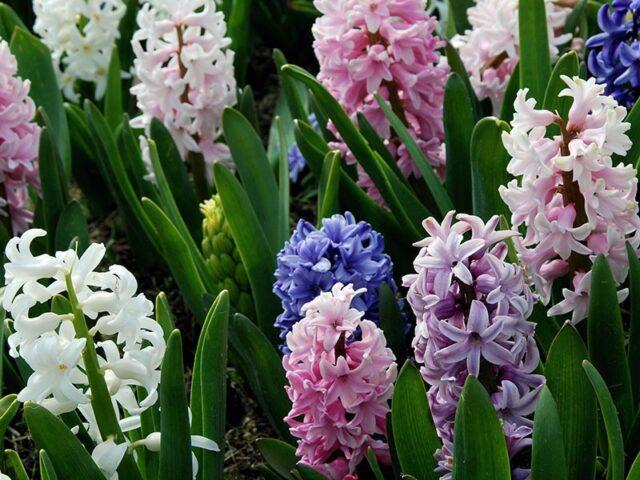
To obtain high-quality flowering, it is recommended to dig up the tubers in the summer and plant them in the flowerbed again in the fall.
Timing for planting hyacinths in the Moscow region
The timing of autumn planting of hyacinths in the Moscow region is from the third ten days of September to mid-October; in the spring the procedure is carried out when the threat of frost has passed.
If the deadlines are not met, the plant will either not have time to take root or will produce sprouts that will die at the first frost.
Planting hyacinths in the Moscow region in open ground
The duration of flowering and the abundance of flowers depend on compliance with deadlines, proper choice of growing location and proper preparation of tubers.
Planting site and soil
To grow hyacinths in the Moscow region, choose an area well illuminated by the sun's rays. It is necessary to take into account that the crop does not tolerate excess ultraviolet radiation, the flowers dry quickly, and the flowering period is noticeably reduced. The place where the flower will grow must be protected from drafts.
It is not recommended to plant hyacinths near trees and shrubs. The roots of these plants consume all the nutritional components that fall into the soil. For the cultivation of hyacinths, drained neutral soil with an acidity level of 6.5 units is suitable. If the soil is clayey, it is “diluted” with sand, acidic soil is limed.
The soil for autumn planting of hyacinths in the Moscow region is prepared from the second half of July to mid-August. Before starting to dig up the area, one of the fertilizers is distributed on it (at the discretion of the grower):
- rotted manure (15 kg/m2);
- superphosphate (60-80 g/m2);
- dolomite flour or wood ash (200 g/m2).
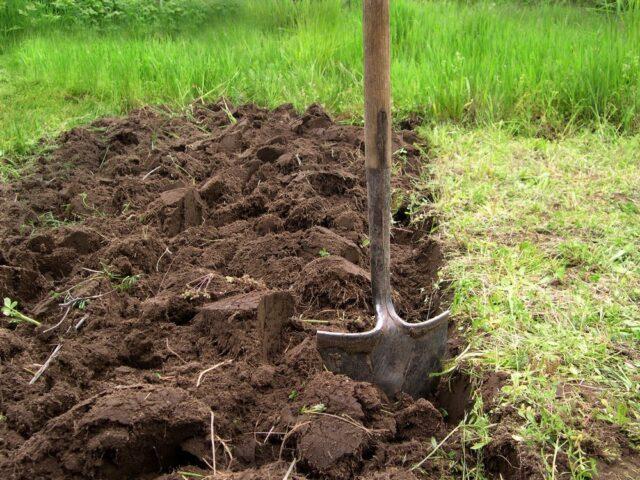
The soil for hyacinths is dug up to a depth of 40 cm
Selection and preparation of bulbs
When selecting bulbs, pay attention to the main factors:
- there are no spots or signs of rot on the tubers;
- bulbs of even shape;
- they are elastic and dense to the touch.
Medium-sized tubers take root best. It is optimal when their diameter is 1.5 times larger than the bottom.
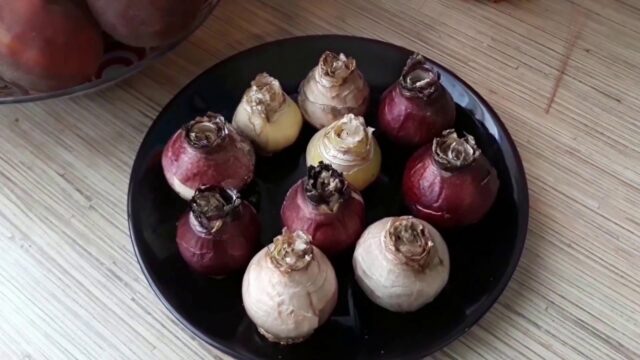
The most successful option for planting in the Moscow region is tubers with a radius of 2-3 cm
Landing rules
Before planting, hyacinth tubers are soaked for 30 minutes in a strong solution of potassium permanganate or fungicide. This increases the plant's resistance to fungal and viral diseases.
Rules for autumn planting of hyacinth in the Moscow region:
- The holes are being prepared. Their depth is calculated based on the diameter of the bulbs. The hole should be 3 times larger than it. The average depth for planting tubers is from 12 to 20 cm. On heavy soils, 2 cm is subtracted from the norm. If the soil is light, on the contrary, 2 cm is added.
- Row spacing is maintained at 20-25 cm. The distance between large bulbs is 15 cm, small ones - 10 cm.
- A layer of sand (3 cm) is placed at the bottom of the hole. If no fertilizing was applied before digging the beds, it is recommended to make the hole 3 cm deeper in order to place humus or compost under the sand.
- The hyacinth tuber is placed in a hole at the bottom, covered with a small layer of river sand, which will envelop it like a shell and protect it from disease.
- The sand layer is covered with ordinary soil. In dry autumn, the plant is watered.
Caring for hyacinths in the Moscow region
If the autumn is dry and warm, as the beds dry out, water them, but not abundantly. If the season in the Moscow region turns out to be rainy, the flower beds are not irrigated. After moistening, it is recommended to carefully loosen the soil.
Top dressing
Since hyacinths have a short growing season, all processes occur at an accelerated pace, they need a large amount of nutritional components.
Feeding schedule (for all regions, not just the Moscow region):
- The first time nutrition is used is in the spring, when the plant wakes up after winter. 50 g of nitrophoska or 25 g of potassium nitrate are dissolved in 10 liters of water.
- The second feeding is carried out during the appearance of buds. At 1 m2 use 60-70 g of mineral fertilizers.
- The third fertilizing is applied after flowering is completed. Use fertilizers with a high nitrogen content.
Otherwise, instead of accumulating nutrients, the tubers will consume them. This will negatively affect the flowering of hyacinth next season.
Covering beds for the winter
If less than 3-4 weeks have passed from the time of planting to the onset of frost, the flowerbed is covered with agrofibre or plastic film.
To prevent hyacinths from dying from frost in the Moscow region, they are mulched for the winter. To do this, use spruce branches, sawdust, dry leaves, peat or humus.
Diseases and pests
The development of diseases is facilitated by long-term cultivation of hyacinths in one place. Weakened plants lose varietal characteristics and are affected by fungal and infectious diseases.
Most often in the Moscow region, hyacinth suffers from the following diseases:
- Gray rot appears on the leaves of the plant as yellow, then brown spots. Over time, they move on to the bulb, which becomes covered with plaque.
- Variegation is characterized by the appearance of small spots along the veins on the leaf blades.
- Mosaic - the leaves become covered with spots and light green stripes, the plant gradually turns yellow and stops growing. If the hyacinth blooms, the upper flowers are covered with longitudinal stripes, the lower ones are underdeveloped.
- Parasitic blossom end rot appears as light brown indentations on flowers and leaves. As the ambient temperature rises, the disease descends to the root and it begins to rot.
Infected specimens are dug up and disposed of. The remaining plants are treated with fungicides.
Among the pests that affect hyacinth are:
- The onion root mite and its larvae make passages in the bottom of the plant and infect the inflorescences. Corroded tubers turn into dust.
- Onion hoverfly - flies penetrate the bulb, make passages in it, after which it dies.
- Wireworms eat stems and tubers, which leads to the death of the plant.
- Stem nematode causes deformation of hyacinth organs (bending of the peduncle, wrinkling of leaves). The plant experiences growth retardation, and if the infection is severe, the bush dies.
Pest control comes down to treating affected plants with insecticides. To avoid infection of the bulbs with parasites, before planting, they are kept in hot water for an hour (temperature no higher than 43ᵒC).
Possible mistakes
Violation of the technology for planting and caring for hyacinths in the Moscow region can cause poor growth and sometimes wilting of plants.
The most common mistakes:
- The landing site was chosen without taking into account generally accepted requirements.
- Violation of crop rotation rules. Hyacinth should not be planted in a flower bed where representatives of the Onion family previously grew.
- Tubers must overwinter in the ground. Otherwise, in the spring, due to a lack of nutritional components, they may not sprout.
- The culture does not like excess moisture.Watering too frequently will cause the bulbs to rot.
- Violation of the planting depth of tubers will lead to their damage by nematodes.
Damaged bulbs are discarded from the total mass.
Conclusion
It is better to plant hyacinths in the Moscow region in the fall, observing the planting dates. To prevent premature germination of tubers, you should not get carried away with fertilizing. The introduction of fresh manure and chicken droppings is prohibited, since these fertilizers cause burns on the bulbs and do not take root.
